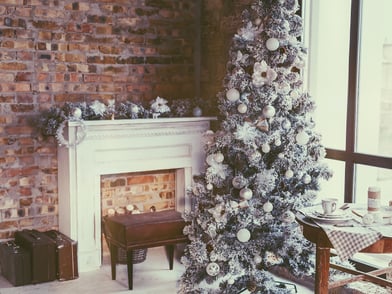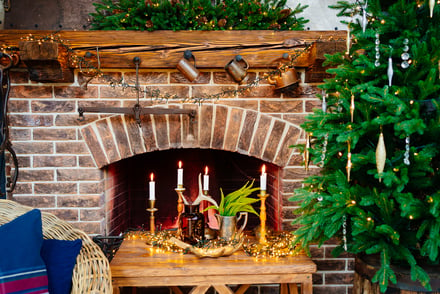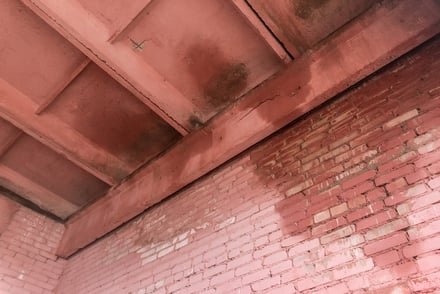So many of the historic brick homes in the Washington DC area display a beautiful exposed brick wall. Some are in need of repair, but in many cases, these old interior brick walls are in good shape and add warmth to your décor. However, to preserve the stunning quality of your brick, you'll want to maintain the integrity of its surface.
Step 1: Start by cleaning the brick.
The first step in maintaining an interior brick wall is cleaning it. Brick, particularly old brick, is porous and can crumble easily. It should be washed gently with a cloth, using a mix of water and vinegar. Stronger cleaners might damage the brick irreparably.
Test your cleaning mix on an out-of-the-way part of the wall – a small spot near the floor - before taking care of the rest. Simply spray your cleaner lightly on the trouble spots and rub with a towel. If you find spots that resist the soft cleaning, switch to a coarse bristle brush, but do so gently to avoid destroying the brick.
Step 2: Make sure that it’s sealed.
A brick sealant will preserve the beauty of your wall and prevent deterioration. There are two types of sealants available: gloss finish and matte finish. If you want to add brightness to an area like an entry or hallway, use a slight gloss finish. On the other hand, to maintain an authentic brick look, a matte finish is a choice.
Step 3: Select the right paint.
Natural brick walls add a traditional look of warmth to a room, but painting techniques can add a different kind of style to your decor. Here are some popular choices:
- White paint: White paint covers over any contrast between grout and brick and gives a wall a clean, modern feel.
- Whitewashing: If you are looking for a retro look, whitewashing gives the brick wall an aged appearance. You can control the final look by adjusting the mix of water and white paint.
- Gray paint: If you are looking for a clean look that is warmer than white, a warm, soft gray is an option. It's an excellent compromise between white and au natural brick.
- Colored paint: Painting colors on brick is not for the faint of heart. Colored brick walls are very trendy and modern, but you should be sure of your choice before starting If you change your mind you're stuck with the very complicated process of stripping paint from brick.
Check bathrooms for moisture.
In moist areas like bathrooms, it’s especially important to make sure your brick is well sealed to avoid mold and other issues. Grout that is worn away or in bad condition should be repointed and resealed to restore a more solid surface to the brick. Bathroom walls that are badly grouted or unsealed are subject to further damage because of mold that is likely to grow there.
If you have an interior brick wall in your historic home that show signs of damage, contact an expert. Brick restoration in these historic buildings should be trusted to masonry contractors who are specialists in the correct application of traditional materials and methods.
Renaissance Development, a leader in brick restoration and historic preservation, specializes in the restoration of a historic brick building’s mortar joints using traditional methods (tuckpointing) and materials. Contact us for a free site visit and project quote.
Tags:
Interior brick walls8/22/17 12:34 PM



